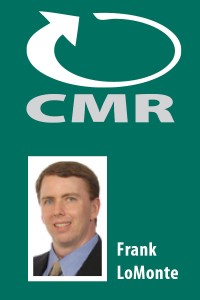Four noteworthy First Amendment cases for college media in 2012
By Frank D. LoMonte
Executive Director, Student Press Law Center
 With the 25th anniversary of the Supreme Court’s landmark Hazelwood ruling approaching on Jan. 13, the College Media Review asked the Student Press Law Center’s executive director, Frank D. LoMonte, to take stock of the state of free expression rights on college campuses –which, as LoMonte notes, “is a frequent source of litigation, as courts try to make sense of a shifting and sometimes muddled area of First Amendment law.”
With the 25th anniversary of the Supreme Court’s landmark Hazelwood ruling approaching on Jan. 13, the College Media Review asked the Student Press Law Center’s executive director, Frank D. LoMonte, to take stock of the state of free expression rights on college campuses –which, as LoMonte notes, “is a frequent source of litigation, as courts try to make sense of a shifting and sometimes muddled area of First Amendment law.”
During 2012, courts decided four particularly noteworthy cases directly bearing on the legal rights of student journalists and bloggers – including one especially significant case recognizing that the Constitution can protect advisers as well as students against retaliation by public institutions.


